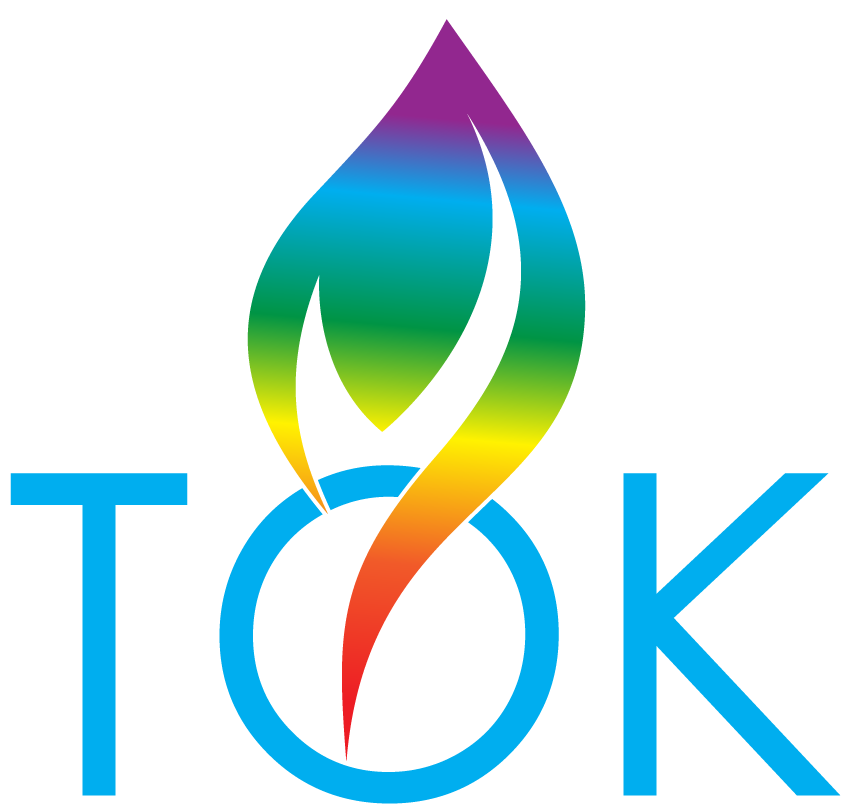Managerial accounting provides internal financial information that assists management in decision-making processes. It involves budgeting, cost analysis, performance evaluation, and forecasting. Managerial accounting offers valuable insights for strategic planning and resource allocation. Consider the reporting needs of stakeholders, like investors, creditors, and regulatory bodies.
It does not relate to the profitability or reporting compliance of an entity. A key aspect of project accounting is to analyze historic data and provide useful insights to the top management for future planning. Project accountants also monitor the progress of a project to ensure financial controls. Cost accounting also helps businesses to differentiate between variable and fixed costs.
- It measures the impact of commercial activities, policies, and projects businesses and corporations undertake.
- Financial accounting is also termed as “general purpose accounting” because the information generated by it is published for the use of everyone connected with the business enterprise.
- Comprehensive analysis ensures an accurate calculation of the production cost per unit, which is critical in setting competitive prices and maximizing profitability.
- Public companies have to follow a set of rules set out by the government (this is the Securities and Exchange Commission in the U.S.).
- It measures the social costs and benefits of various organizational activities.
Tax accounting deals with tax-related matters of a business enterprise. It includes the computation of taxable income and the presentation of financial or other information to tax authorities as required by the tax laws and regulations of a country. The primary goal of cost accounting, which is regarded as a subset of management accounting, is to assess costs. This branch accurately calculates the cost of a project or venture by taking into account all manufacturing-related factors.
Accounting Information Systems
The whole point is to give you an idea of what’s working and what’s not working so that you can fix it. Estate accounting, trust accounting, and receivership are some examples of fiduciary accounting. Fund accountants examine the amount dedicated to a specific project undertaken by the not-for-profit entity or an NGO.
Government accounting
The primary concern of project accounting is to analyze the financial feasibility, progress, and cost analysis of a project. External auditing ensures the management of the entity is complying with the company procedures and making the best decisions in the interest of the shareholders. Tax accounting is all about planning and compliance with tax regulations. Management accounting does not exclude compliance, risk, and governing aspects of a business though. However, it is concerned more with the strategy, operations, and management of an entity. As the name suggests, the management or managerial accounting concerns the operations and management of a business.
. Tax Accounting
To speed up action, you may hire accounting professionals or purchase accounting software to ensure accurate financial audits and reporting. An accountant is a professional with a bachelor’s degree who provides financial advice, tax planning and bookkeeping services. They perform various business functions such as the preparation of financial reports, payroll and cash management.
The management accounting system uses historical as well as estimated data to generate useful reports and information to be used by internal management for decision-making purposes. Financial accounting is concerned with the preparation of periodic financial reports by using historical data about a business enterprise. The Profit and Loss statement summarises an organisation revenue, expenses and costs, i.e. a quarter or a financial year. The statement’s significance is that it provides an overview of a company able to generate profit by various methods or its inability to do the same. Most of the time, companies publish this document alongside their balance sheet.
Cost accountants would account for direct costs like raw materials and indirect ones like factory overhead. Comprehensive analysis ensures an accurate calculation of the production cost per unit, which is critical in setting competitive prices and maximizing profitability. Managerial or management accounting focuses on providing information for use by internal users, the management. This branch deals with the needs of the management rather than strict compliance with generally accepted accounting principles. Cost accounting is concerned with categorizing, tracing, and collecting the manufacturing costs of a business enterprise.
It involves navigating diverse accounting principles and regulations to ensure consistency in financial reporting. The branches of accounting are specialized areas designed to provide specific insights into business transactions and prevent mismanagement. The need for such differentiation arises from the diverse perspectives of stakeholders, including management, investors, creditors, and regulatory bodies.
Managerial accounting includes budgeting and forecasting and cost analysis. As well as financial analysis, reviewing past business decisions and more. Also known as management accounting, this type of accounting provides data about a company’s operations to managers. Managerial accounting helps senior professionals to understand the position of that particular firm. Tax accounting is purpose-built to manage the taxes, and it is compliant with the IT department’s regulations.
